Affiliate links on Android Authority may earn us a commission. Learn more.
OPPO R-series: Meet the world’s most popular smartphone series
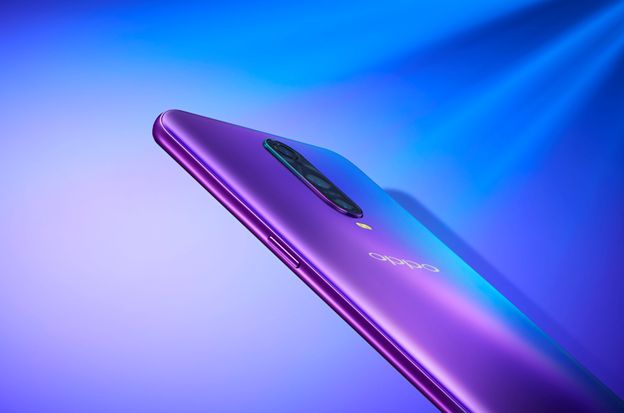
We frequently dive into smartphone lines and the design principles that brought them to their current manifestation. We’ve watched with intrigue as both the Galaxy line and the iPhone have quibbled over startlingly similar territory. We’ve seen OnePlus grow from plucky startup to genuine contender. We witnessed the Moto line fly like Icarus sunward, only to be swallowed by a Lenovo ocean.
So when we set off to find the most influential smartphone line, some of us were admittedly surprised.
Let me ask you: What was the best selling smartphone last year?
Was it the iPhone? No, it wasn’t.
A Samsung device? No, still cold.
OnePlus?
Lenovo?
Blackberry?
Yeah, keep dreaming. No. The bestselling device in 2017 was the OPPO R9s.
Want to know why? Keep reading! Today we’re going to take a look at perhaps one of the most influential smartphone lines in history: the OPPO R-series.
R5
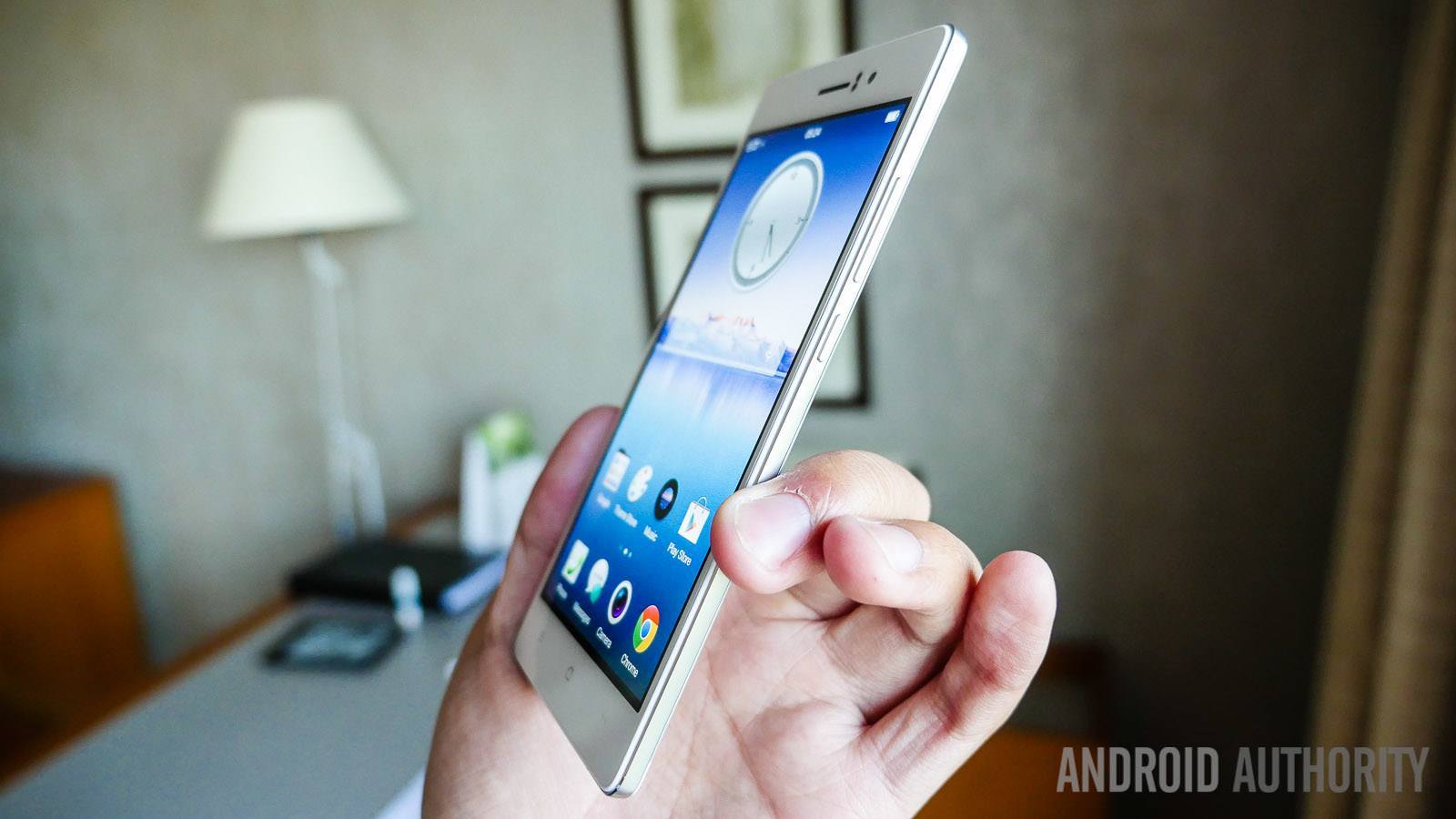
When the R5 launched in 2014, it had the bragging rights of the world’s thinnest smartphone. Clocking in at just 4.85mm thick, the R5 sported top-of-the-line gaming capabilities packed into a nearly unbelievably thin screen for the time.
As part of its specs-for-thickness mantra, the R5 partnered with a gaming studio to create OPPO R5 Smash, a game that was played by thousands of people. This intriguing piece of mobile software taught users about their device’s capability and performance while having the outward appearance of an entertaining game. We’ve seen numerous initiatives by companies to introduce users to phone features, but we’d never really seen it gamified in this way before. So for that, the OPPO R5 lands a well-deserved placement on our list.
Spec overview:
- R5 packs a 5.2-inch Super AMOLED screen of 1080p resolution and a 13MP rear camera with fast focus.
- Ultra HD 50MP, refocus mode, and improved low-light performance with slow-shutter, 5MP selfie cam
- R5’s audio output goes through the microUSB port.
- Corning Gorilla Glass 3
- Quad-band GSM, pentaband HSPA and LTE Cat.4 support
- Color OS v2.0: themes support, new lock screen, home screen, and settings menu among others
- R5 is the first device with Qualcomm’s mid-range chipset, the Snapdragon 615.
R9s
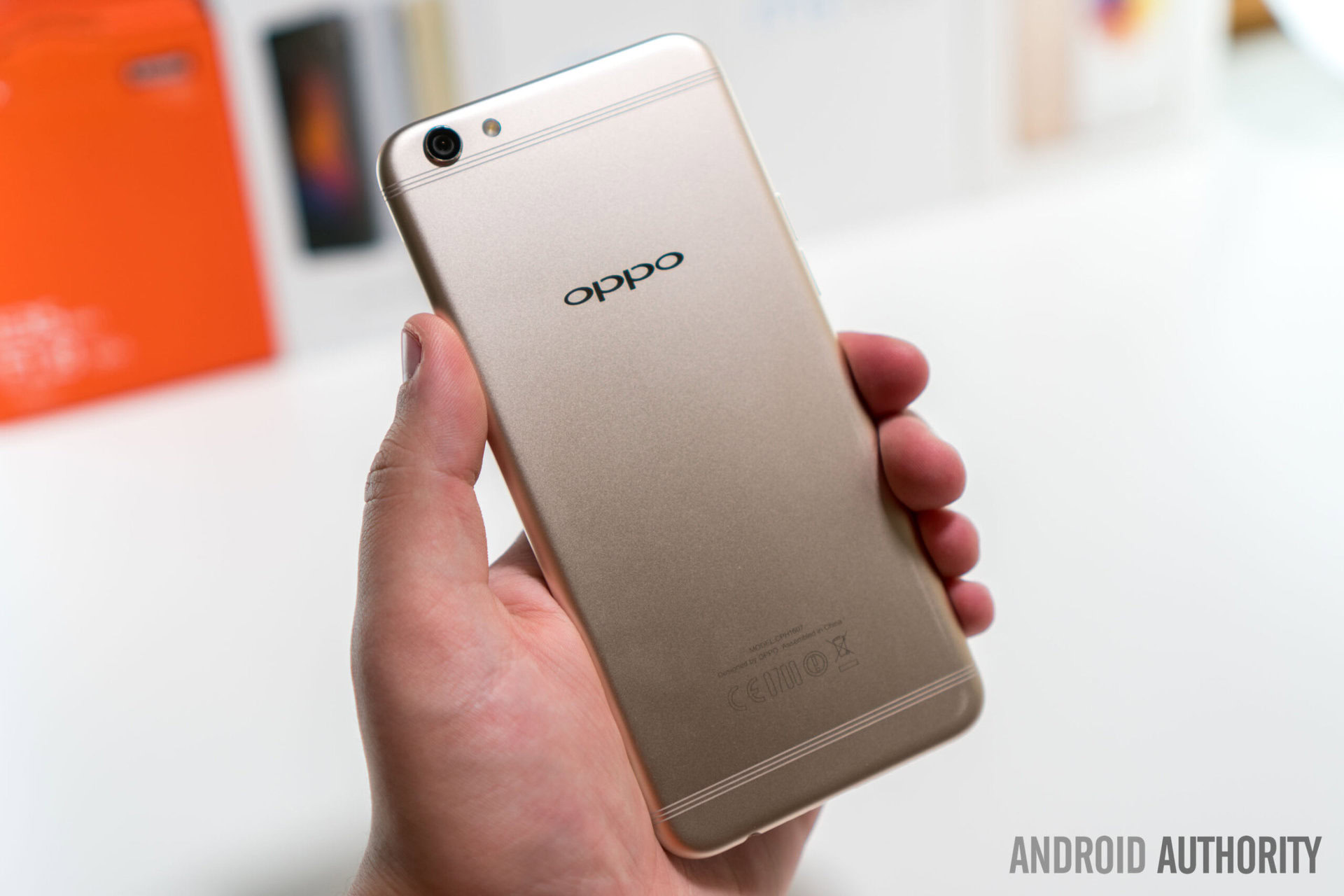
Recognize this fella? If not, that’s okay. It was only the best selling smartphone in the entirety of 2017.
The R9s may not be a household name, but its features-vs-price breakdown speaks for itself. This smartphone was the best selling smartphone in the world last year. This social-focused device was one of the top selling models on the Chinese eCommerce website Tmall on Singles’ day 2017. The R9s New Year Red Edition performed particularly well.
Spec overview:
- A 16MP camera on the front for great selfies
- Thin and light metal body with “six string” antenna lines
- 5.5-inch 1080p AMOLED with 401 ppi pixel density, 2.5D Gorilla Glass
- ColorOS V3.0.0, based on Android 6.0 Marshmallow
- Very quick and accurate fingerprint reader in the home button
- Snapdragon 625 chipset, octa-core 2.0 GHz Cortex-A53 CPU; Adreno 506 GPU; 4GB RAM
- 16MP main camera with f/1.7 lens and 1/2.8-inch sensor and Dual PDAF; 2160p@30fps video recording
- 16MP selfie camera with f/2.0 lens and 1/3.1-inch sensor; 1080p@30fps video recording
- 64GB of built-in storage and a hybrid microSD card slot (uses SIM2)
- LTE Cat.6 (300Mbps); Wi-Fi a/b/g/n/ac; A-GPS, Bluetooth v4.0
- Active noise cancellation with a dedicated mic
- 3,010mAh non-removable battery; VOOC fast charge
R11
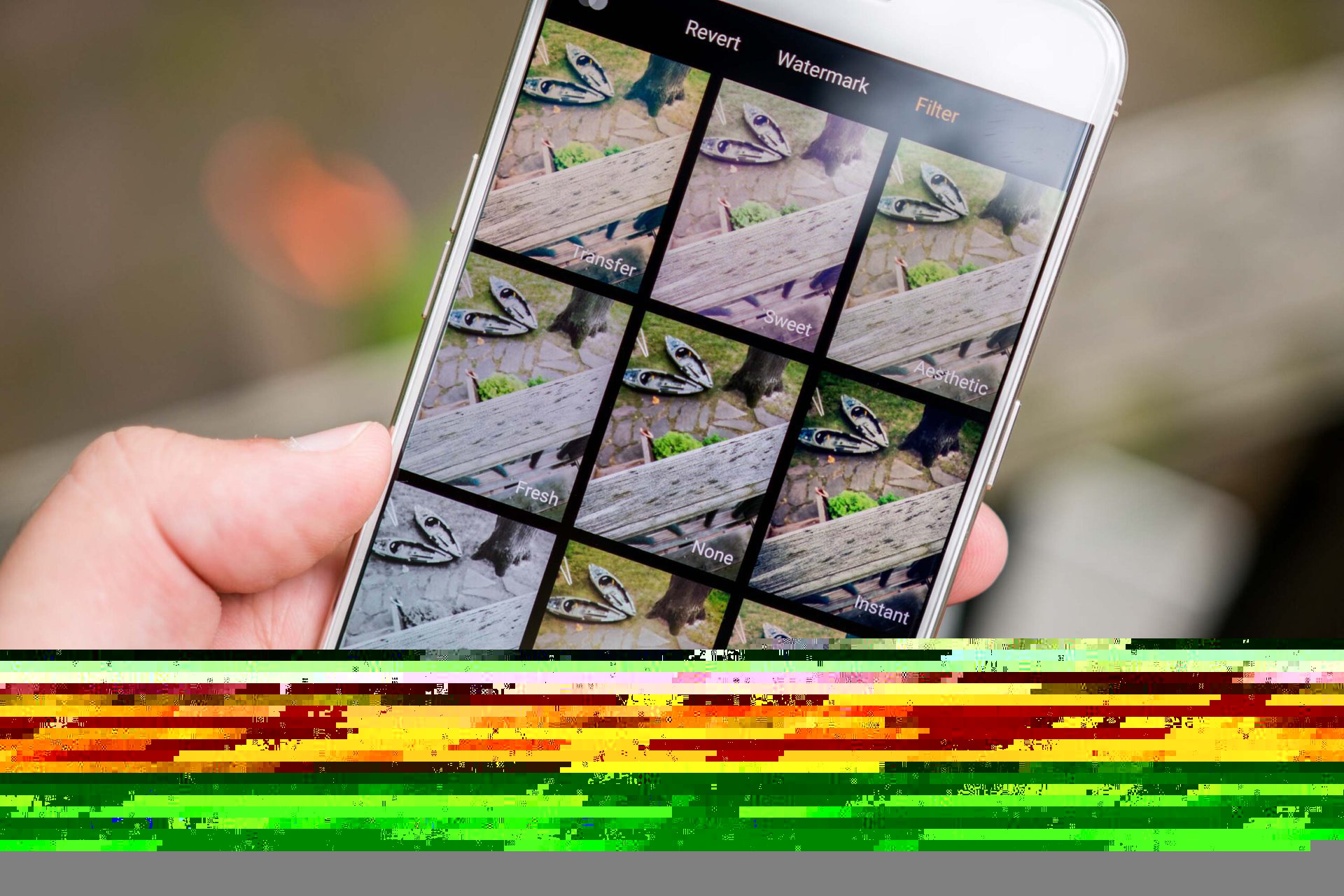
Surprised by the R9’s accomplishments? Get ready to have your mind blown. While the R9 may have scored the best selling smartphone years after its release, the OPPO R11 became the world’s number one Android phone in less than four weeks.
That’s right. According to public record, the R11 was the top Android smartphone before it even reached the humble age of one month old.
It is here that the OPPO R-series began to make a definitive turn. Rather than taking cues from Apple or Samsung and creating optimized renditions of proven strategies, OPPO dove deep into user experience and started investigating in exhaustive detail that users genuinely expect or hope for from their devices.
The R11 demonstrates OPPO’s movement in that direction, but the full fruit of their researching labor wouldn’t be seen until the next device.
Spec overview:
- All-metal unibody, Gorilla Glass 5 screen protection<
- 5.5-inch 1080p AMOLED, 401ppi
- Main camera: Sony IMX398 sensor, 16MP, 1.12µ pixel size, f/1.7 aperture, PDAF, LED flash, portrait mode with bokeh effects, 4K at 30fps video recording. Tele camera: Sony IMX350 sensor, 20MP, 1.0µ pixel size, f/2.6 aperture
- 20MP, f/2.0, portrait mode with bokeh effects, 1080p video
- Qualcomm Snapdragon 660: octa-core Kryo 260 processor (4x 2.2GHz + 4x 1.8GHz), Adreno 512 GPU
- 4GB RAM; 64GB storage; microSD slot (uses SIM2)
- 3,000mAh Li-Po (sealed); VOOC Flash charging (5V/4A)
- Dual-SIM, 4G, dual-band 802.11a/b/g/n/ac, Bluetooth 4.2, GPS/GLONASS, microUSB, 3.5mm headphone jack
- Fingerprint reader; single bottom-firing speaker
R15 Pro
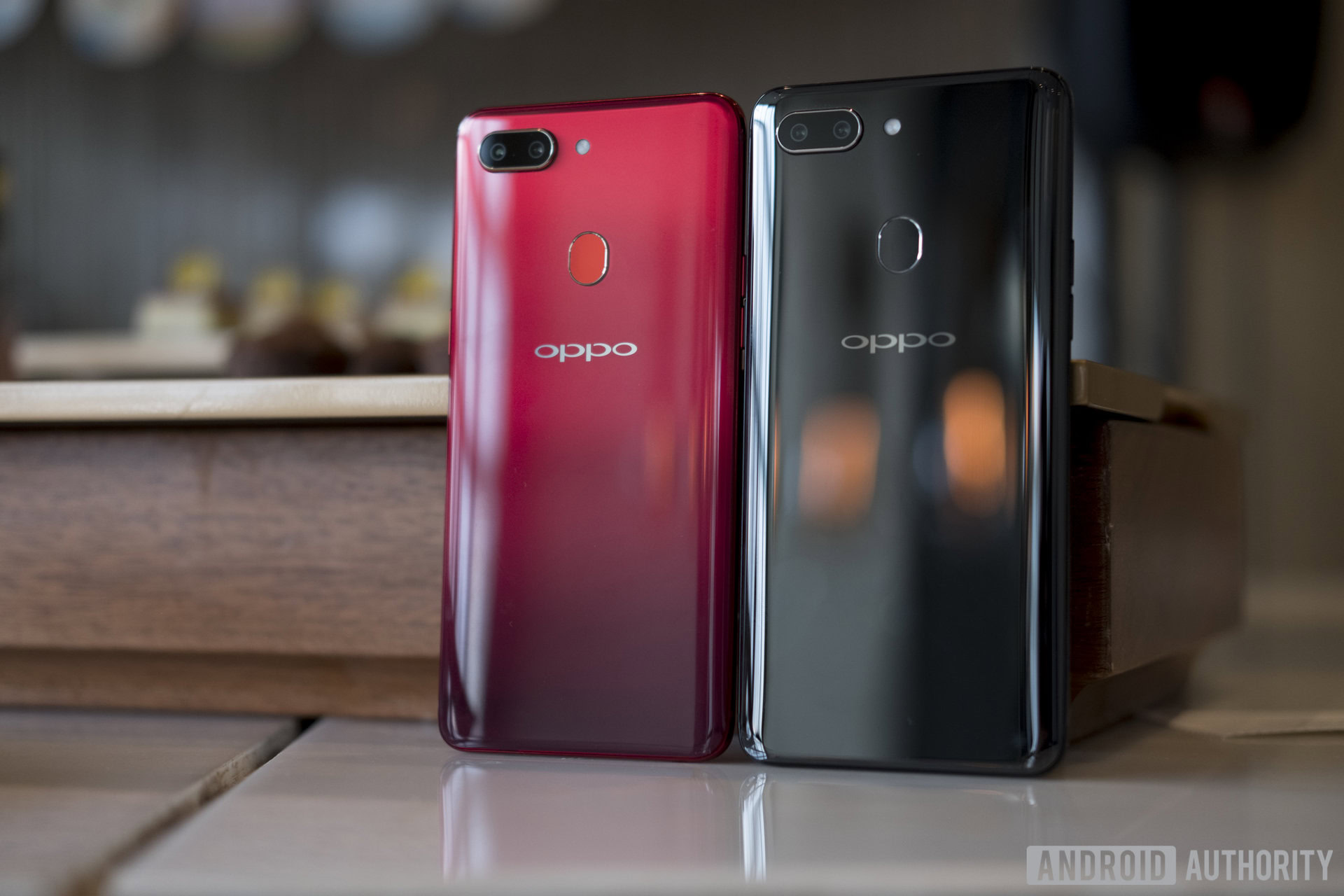
The R15 Pro was a controversial device. OPPO had decided they were done trying to pander to the least common denominator, and the design language of the R15 Pro screams revolution as a result.
For some, this came across as a rejection. For others, it was freedom.
The R15 is, resultantly, something of a rebel masterpiece. It gets the job done, and it does it with a flourish. There’s no question that the aesthetic is striking and sets itself apart from the competition. However, some were a little disappointed with the rear camera’s quality.
Nevertheless, the device helped OPPO maintain their number four smartphone maker rank in 2017 despite the risks it took. And when it came time for the next iteration of the R-series, OPPO had plenty of feedback to draw from and use for improvement.
Spec overview:
- Aluminum frame, flat glass back, ceramic back, Corning Gorilla Glass 5 front
- 6.28-inch AMOLED, 1080 x 2280 pixels, 19:9 ratio (~401ppi density)
- Android 8.1 Oreo with ColorOS 5.0 on top
- Qualcomm SDM660 Snapdragon 660, octa-core (4×2.2 GHz Kryo 260 & 4×1.8 GHz Kryo 260)
- 128GB internal with microSD hybrid (SIM2) expansion slot
- Camera: front 16 MP, f/1.7, 25mm, 1/2.6-inch, 1.22µm, PDAF, back 20 MP, f/1.7, 25mm, 1/2.8-inch, 1µm
- Video: 4K@30fps, 2160p@30fps, 1080p@60/120fps, 720p@240fps
- Front Camera: 20MP, f/2.0, 1080p video recording
- Dual-SIM, Dual 4G VoLTE, Bluetooth 4.2, dual-band Wi-Fi 802.11ac, A-GPS/GLONASS, NFC, microUSB 2.0
- 3,400mAh non-removable, VOOC Flash Charge 5V/4A
R17 Pro

Here it is. The OPPO R17 Pro represents more than half a decade of research, development, and user diagnostics. OPPO has used what they learned from previous products in the R-series to produce a smartphone that checks all of the boxes without cutting any corners.
Essential in the description of the R17 Pro among hardcore smartphone enthusiasts is its inclusion of the notorious notch, a display indentation from the top of the device that houses the front-facing camera.
The R17 Pro has had significant design theory incorporated into its production. Its creators describe the notch as being inspired by light and water. The ongoing motif that is intended is that of neon city lights reflecting off of rippling water. In harmony with this, the R17 Pro has a purple-blue metallic sheen that mimics the effect one sees off a puddle on a late night out.
While other devices embrace simplistic black or white designs, the OPPO R17 Pro embraces color and style. Its objective isn’t to hit the mass market, but rather to reach users who are sick of the mass market. The phone’s very appearance is a statement.
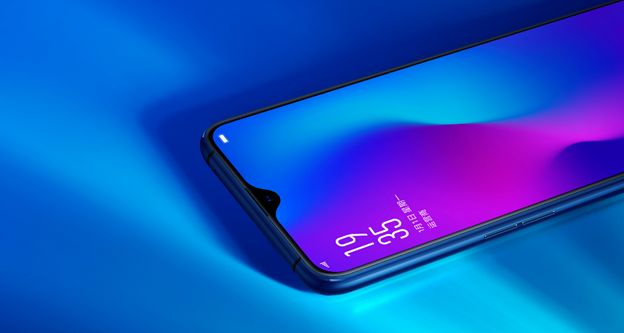
The R17 Pro’s primary feature is its night shooting capability. The cameras on both the front and back of the device are prodigious in capacity and generous in scope. The unobtrusive “Waterdrop” notch strikes a pleasant balance between no-notch and hard-notch for those still unsure about the aesthetic.
Spec overview:
- 6.4-inch AMOLED capacitive touchscreen, 16M colors (~86.7% screen-to-body ratio)
- 2340 by 1080 pixels, “Waterdrop” notch, 19:9 ratio (~394ppi density)
- Corning Gorilla Glass 6
- ColorOS 5.2 with improved Google Assistant/Lens and gesture support
- Android 8.1 Oreo
- Qualcomm Snapdragon 710/li>
- Octa-core (2×2.0 GHz 360 Gold & 6×1.7 GHz Kryo 360 Silver)
- Internal 128GB, 6GB / 8GB RAM
- Front camera: 25MP
- Rear camera: 12MP (f1.5 / f2.4) & 20MP (f/2.6), TOF
- Fingerprint (under display), accelerometer, gyro, proximity, compass
- 3,700mAh battery
Wrap-up
The OPPO R-series may have, thus far, been one of the most influential in history. As OPPO shifts from maximum broad user appeal to a specific aesthetic, we anticipate a growing number of users who are sick of the monochrome standards will start to yearn for something more. Fortunately, the OPPO R-series is here to help.
Poet Robert Frost once said that he took the road less traveled and that made all the difference. OPPO begs to differ. They’ve taken the road most traveled, learned from all the input and feedback from fellow travelers along the way, and incorporated all these elements into an aesthetically striking and technically sophisticated handset. And that has made all the difference.